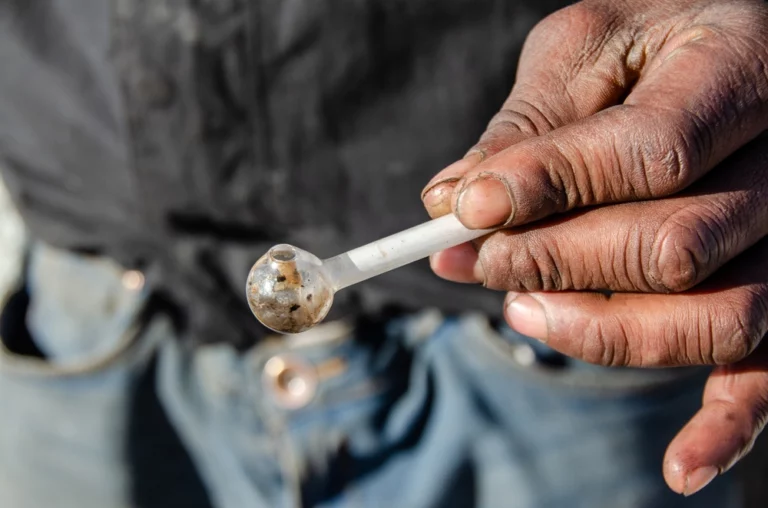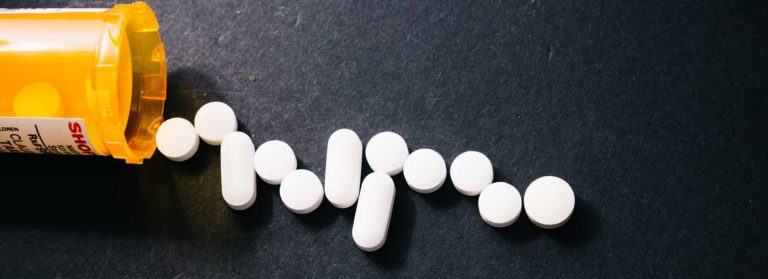Wondering what the pros and cons of Suboxone are? Opioid addiction is a growing public health crisis. According to the American Society of Addiction Medicine, approximately 2.6 million people are dependent on opioids, including prescription painkillers such as OxyContin and Vicodin, and illegal opioids such as heroin and fentanyl. In the past few decades, opioid prescriptions have increased dramatically, with more than 259 million opioid prescriptions written in the U.S. in 2010.
Many people develop a dependence on prescription opioids, and some go on to become addicted. Suboxone is a drug that is used to treat opioid dependence. In this article, we will explore the pros and cons of suboxone, its known side effects, and how it can help opioid addiction.

What is Suboxone?
Suboxone is approved by the U.S. Food and Drug Administration (FDA) for the treatment of opioid dependence. Suboxone is a combination of buprenorphine and naloxone, two drugs that block opioid receptors in the brain.
Because suboxone contains buprenorphine, it is more likely to be prescribed and dispensed than naloxone. Suboxone is used to relieve withdrawal symptoms in people who are being weaned off opioids. It is administered as a single daily dose under the skin. Suboxone is not a cure for opioid addiction; it only helps with the withdrawal symptoms.
How Does Suboxone Work?
Buprenorphine and naloxone reduce cravings for opioids by blocking opioid receptors in the brain. When opioid receptors in the brain are blocked, people are less likely to feel the high that accompanies opioid use. The effects of suboxone last up to 12 hours while the effects of a regular dose of opioids last only 3-4 hours.
Suboxone also increases GABA levels, a neurotransmitter that has been linked to stress and anxiety, and norepinephrine, a neurotransmitter released by the adrenal glands that has been linked to mood changes.

How Does Suboxone Help with Opioid Addiction?
Suboxone works on the brain by temporarily decreasing the level of opioid receptors. However, once the drug wears off, the receptors go back to normal. This means that the person will experience the same cravings and withdrawal symptoms after suboxone wears off. Buprenorphine also contains properties that make it difficult to get high, so people will continue to use it because it does not produce the same feeling as opioids.
Pros and Cons of Suboxone & The Side Effects
Side effects from suboxone may include nausea, vomiting, stomach pain, constipation, headache, tiredness, dizziness, yawning, drowsiness, difficulty sleeping, and difficulty urinating.
Some people may also experience allergic reactions to buprenorphine, which can cause skin rash, itching, swelling, hives, wheezing, shortness of breath, and trouble breathing.
People who have asthma, an allergy to latex, or are allergic to other opioids may experience an allergic reaction to suboxone. People who have a history of substance abuse, heart disease, liver disease, or kidney disease may experience more severe side effects when using suboxone.

Should You Use Suboxone for Opioid Addiction?
If a person is dependent on opioids, suboxone may be prescribed by a doctor. Suboxone is usually given as a once-a-day treatment and should be continued as prescribed. Suboxone is not a cure for opioid addiction, but it can help reduce cravings and relieve symptoms of withdrawal. People who take suboxone will not be able to get high or have an opioid “high.”
They will only have the same level of pain relief, mood changes, and feeling that opioids produce. Before suboxone is prescribed, doctors will do a drug test to see if the patient is dependent on opioids. If a person has a history of substance abuse, suboxone may be harmful because it will only decrease cravings for opioids but will not provide relief from opioid withdrawal symptoms.

Final Words: Is Suboxone an Effective Treatment for Opioid Addiction?
Suboxone is a drug used for treating opioid dependence. It is available in various forms and doses and cannot cure opioid addiction. Suboxone works by blocking the effects of opioids on the brain by temporarily decreasing the receptors. This makes it difficult to feel the high that comes from using opioids.
Suboxone has side effects that may cause nausea, vomiting, stomach pain, constipation, headache, tiredness, dizziness, yawning, drowsiness, difficulty sleeping, and difficulty urinating. Doctors will usually start treatment with suboxone, but if a person is still dependent on opioids, they may switch to methadone instead. If a person is dependent on opioids, they should not use suboxone because it does not cure addiction.
Asheville Recovery Center
Fortunately, there are ways to prevent unhealthy behaviors and help those who are already struggling. If you or someone you know is struggling with addiction or mental health, it is important to get treatment. At Asheville Recovery Center treatment specialists utilize a 12-step program and practice holistic rehabilitation.
Services at Asheville Recovery Center:
Partial Hospitalization Program – At Asheville Recovery Center we offer a partial hospitalization program for clients who need post-residential treatment as well as for clients who need primary treatment but are unable to enroll in inpatient programs. Our PHP track offers a variety of therapeutic services and benefits to individuals in early recovery from substance addiction.
Outpatient Rehabilitation – During intensive outpatient treatment (IOP), clients live at home or in a sober living residence while completing an addiction treatment program. IOP is a place where clients can process their experiences in twelve-step fellowships and support one another in those individual journeys.
Addiction is difficult to overcome alone. If you feel that you or a loved one is struggling, our specialists are on standby and ready to help. Contact us and speak with an addiction expert today.






